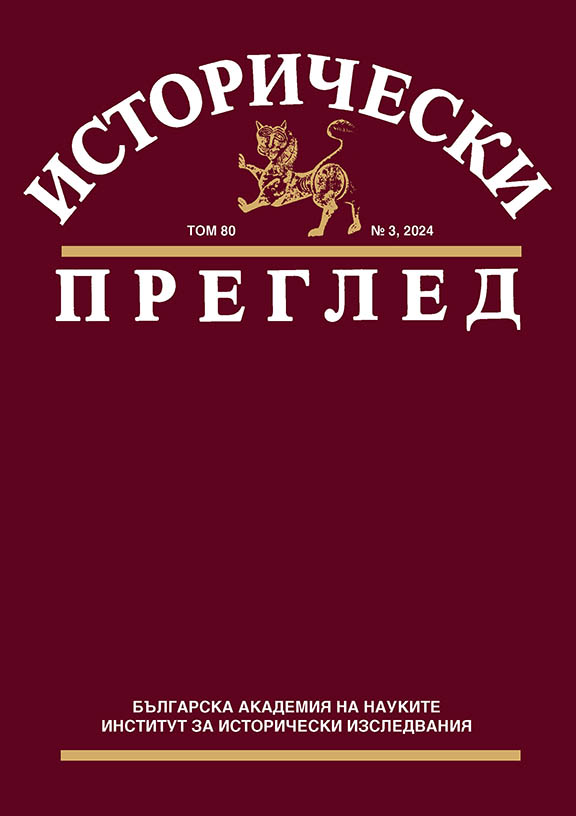Населението на град Ямбол от края на ХVІІ век в светлината на новооткрити документи
The Population of the Town of Yambol from the End of the 17th Century in the Light of Newly Discovered Documents
Author(s): Stefka ParvevaSubject(s): History, Social Sciences, Sociology, Local History / Microhistory, Social history, Modern Age, Special Historiographies:, Demography and human biology, 17th Century, The Ottoman Empire
Published by: Институт за исторически изследвания - Българска академия на науките
Keywords: avarız defteri; population; reaya; askeri; Yambol;
Summary/Abstract: This research is based on information obtained from two avarız defters compiled in 1694 and preserved in the Ottoman Archives in Istanbul. The documents reveal that the city of Yambol had a predominantly Muslim profile, with 82% of its population identified as Muslim. The non-Muslim community in Yambol consisted of Bulgarians, Jews, and Armenians. Additionally, members of the Crimean Tatar Giray dynasty and their subordinates were also present. The social composition of Yambol included individuals from the two main social categories: reaya and askeri. What is characteristic of the representatives of the askari group is that they were the overwhelming majority (65%) among the urban dwellers. The soldiers among them – local residents and displaced people from other parts of Rumeli, represent 58% of all residents of the town. This ratio allows Yambol to be defined as a “militarized” city in the Ottoman province. The study includes an Annex with the translation from Ottoman Turkish to Bulgarian of the avarız defter for the town of Yambol, dated May 26 – June 4, 1694.
Journal: Исторически преглед
- Issue Year: 2024
- Issue No: 3
- Page Range: 175-202
- Page Count: 28
- Language: Bulgarian
- Content File-PDF

